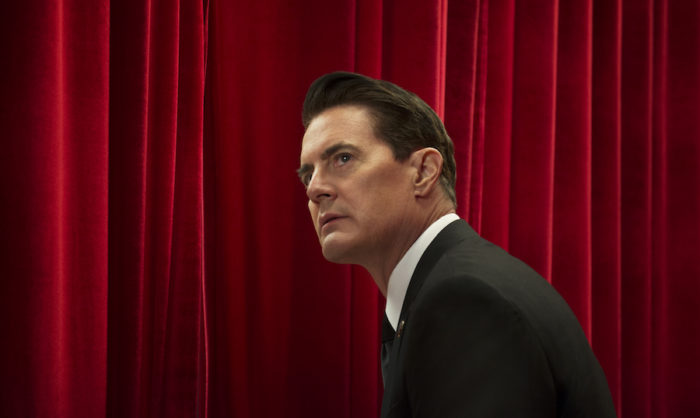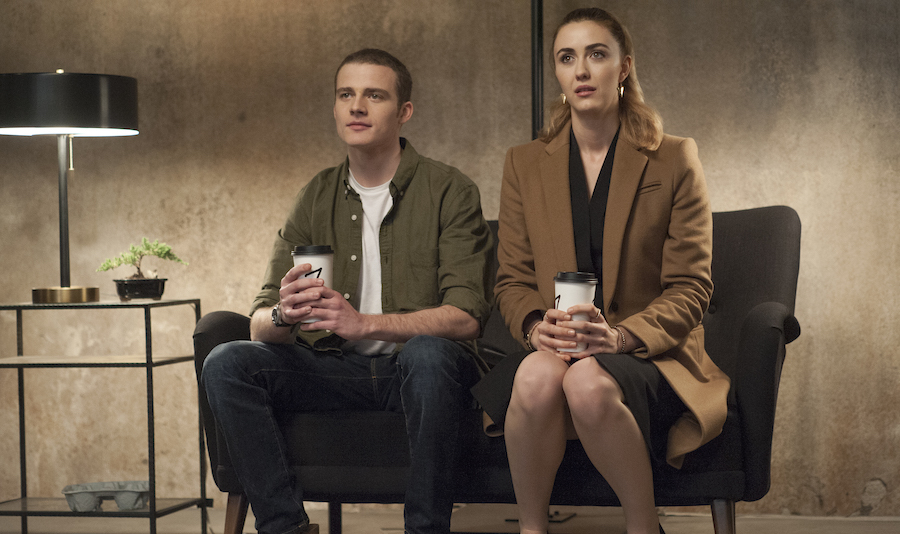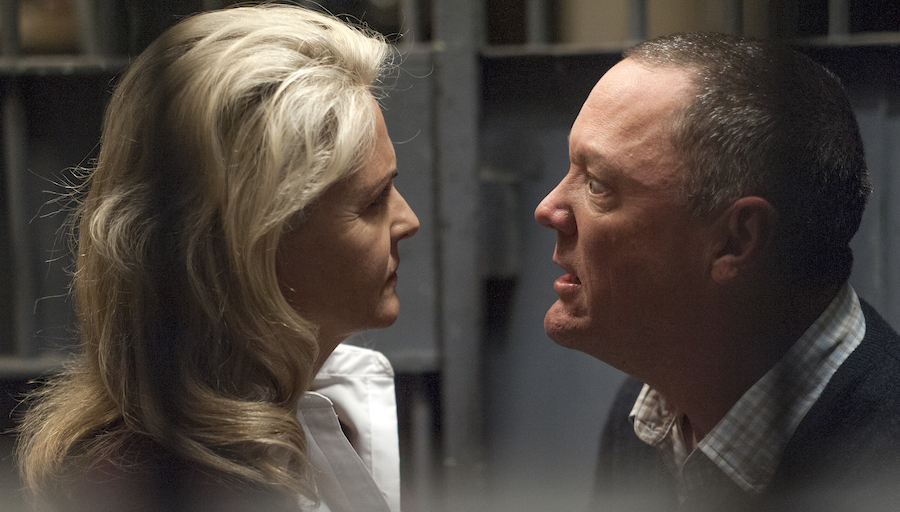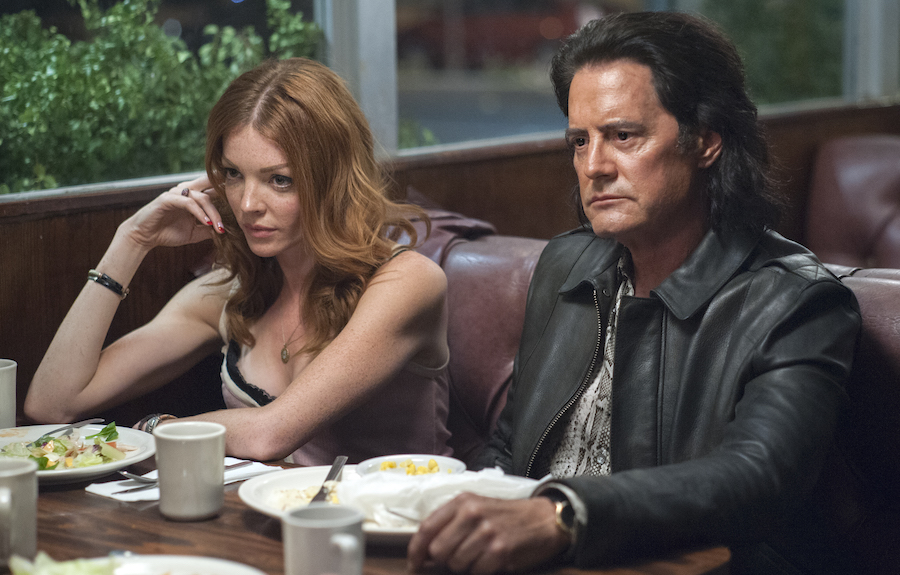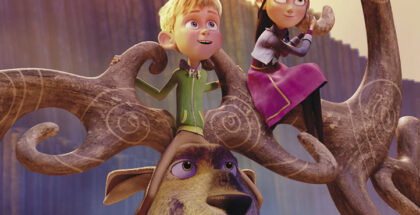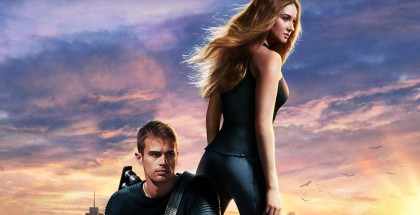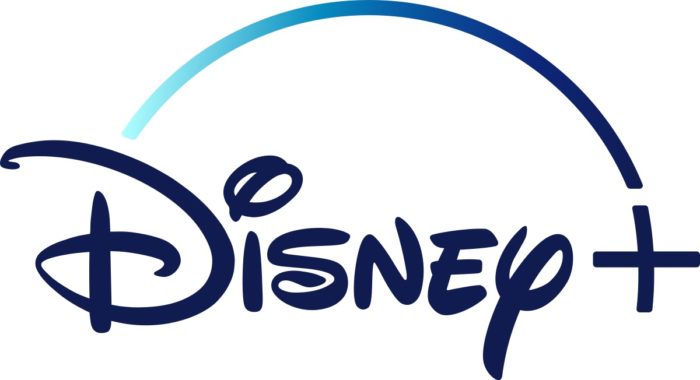UK TV review: Twin Peaks The Return, Episodes 1 to 4 (spoilers)
Review Overview
Lynch
10McLachlan
10Absurd mystery of strange forces of existence
10Simon Kinnear | On 27, May 2017
Warning: This contains spoilers for the first four episodes of Twin Peaks’ return, which have all been released at once on-demand. Rather than review the show as a conventional series, we’ll be following the example of the season’s premiere, diving into Twin Peaks every few episodes throughout Season 3.
“I understand,” says Dale Cooper (Kyle McLachlan) at the beginning of the revival of Twin Peaks. By the end of Episode 4, his old FBI boss Gordon Cole (played by director/co-writer David Lynch) admits: “I don’t understand this situation at all.”
There, in a nutshell, is everything that is strange and wonderful about Twin Peaks. This is television quite unlike anything else – as radical in 2017 as the original series was in 1990-91. Scratch that, it’s way more radical. With complete creative freedom and the goodwill generated by the series’ reputation, Lynch and co-creator Mark Frost have rebuilt their masterpiece from the ground up and, on this evidence, bettered it.
There was always the worry that this would be yet another revival willing to coast on former glories and play to the nostalgia of the fanbase. Or the worry that Lynch might have lost his edge a decade on from his last released film, 2006’s Inland Empire. Really, though, we shouldn’t have worried. Lynch has clearly been busy honing his themes and techniques, and is no mood to soft-pedal what he’s discovered.
Make no mistake: this is utterly uncompromising. It must be unfathomable to newcomers, but it’s equally strange even for fans. It strips away much of the approachability of the original series in favour of something tougher and more questioning. That’s a reflection of Lynch’s development as an artist, but also the maturation of TV as an art form that Twin Peaks helped kickstart in the first place. 25 years is a long time, and it would be an insult if the series was just a 1990s throwback.
At first glance, this doesn’t even have the rhythm of regular television. Usually, each episode will be a discrete unit, with plotlines resolved by the closing credits. Lynch has said that this is an 18-hour film – or, more pertinently, a novel, with each chapter progressing things, or not. With its epic canvas, digressive asides and hints of a cosmic conspiracy theory, there’s a trace of the novelist Thomas Pynchon, another famously oblique artist.
Trying to review it conventionally is a tough ask, but with the benefit of four episodes, things are starting to cohere. Sort of. Good Coop is out of the Black Lodge, where he has been trapped since the end of the original series, but his evil Doppelganger has tricked the system and is still on the loose. Meanwhile, another spirit has apparently taken over a teacher (Matthew Lillard, making good use of his untrustworthy bonhomie) and is committing murders in South Dakota. Then, in New York, a billionaire is trying to break into the secrets of the Lodge, or harness its power.
Yet Frost’s influence on the original Twin Peaks is oft under-appreciated and he remains crucial as the co-writer of the new series. There’s just enough conventional structure – chiefly, a detective thriller, with various law enforcement officials on various trails – to anchor the series, which paradoxically allows Lynch to push further and further on a scene-by-scene basis.
That allows Lynch to throw in random elements. It’s a tactic that Lynch has used increasingly since the original Twin Peaks, most obviously in Mulholland Dr. Here, it’s a way of uniting the need to bring back familiar characters with Lynch’s obvious desire to (literally) take his show to new places. There’s a scene of Ben and Jerry Horne in the opening episode that – as yet – doesn’t connect with any other story, and they’ve not returned by the end of Episode 4. Others of the original cast have yet to appear at all. Where’s Audrey?
It feels as if Lynch is using the scale of his new canvas to explore the themes of his entire career – what gets described, unimprovably, in Episode 3 as “the absurd mystery of the strange forces of existence”. Don’t forget that 18 hours is more than Lynch has directed, in total, since his last visit to Twin Peaks. Unsurprisingly, then, there are many callbacks to earlier films. Bad Coop is dressed like Nic Cage in Wild At Heart. His gang resembles that of Frank Booth in Blue Velvet. There’s a funny scene where Lucy is perplexed and horrified by Sheriff Truman apparently being in two places at once – a cute in-joke for a far scarier scene in Lost Highway.
But the biggest reference points are Lynch’s most experimental works, Eraserhead and Inland Empire, which are equalled here, as Lynch plays with mood, grammar, narrative and technology. The opening of Episode 3 is a tour-de-force of video effects and sound design, virtually wordless, frequently terrifying and utterly baffling. Add to that the violent attack by the thing in the box in Episode 1, and Cooper’s conversation with ‘The Arm’ (a talking brain that sits on a tree) in Episode 2, and this is an overload of surreal freakery and nightmare fuel.
With all this randomness and experimentation, some might wonder if this is a Doppelganger series that is only pretending to be Twin Peaks – with the real thing still locked away in the TV equivalent of the Black Lodge. Yet, whenever it does return to old characters and familiar places, it is very much a continuation, albeit one that preys on the passage of time. There’s a sadness and world-weariness – the actors look older, more fragile, none more so than the late Catherine Coulson, visibly ill as the Log Lady in the actress’ last recorded performance. And no matter how wild the story gets, it is still looping back to the series’ original premise: the death of Laura Palmer. Bobby Briggs breaking down in tears on seeing Laura’s photo is particularly powerful and moving. (For that matter, so is the pathos of Bobby’s own arc from teenage rebel to Deputy Sheriff).
However dark it gets, what shines through is the humanity. For all the discomfort, this is as tender and funny as anything Lynch has directed. The relationship between Gordon Cole and Albert Rosenfeld (another posthumous performance, by the great Miguel Ferrer) is full of respect, warmth and a plausibly wry tolerance of their foibles. Check out Albert bringing a photograph of Mt. Rushmore because he knew his colleague would be disappointed not to see the real thing. That’s beautiful.
The cast are all superb and one of the joys so far is that the credits are deferred to the end, so it’s a lovely surprise when Michael Cera shows up as Wally Brando, Andy and Lucy’s son – a scene that basks in the genial spirituality and kooky humour that made the original series so beloved. And yet this isn’t entirely an ensemble piece, because there’s one name that isn’t listed alphabetically with everyone.
More so than in the original series, Kyle McLachlan is the undoubted star of the show. Lynch has asked extraordinary things of his regular leading man, and McLachlan delivers. We haven’t even seen ‘Coop’ yet, in terms of the hero FBI agent we remember, yet the actor has already given us several, stunning variations, in Bad Coop, Dougie Jones and the childlike Coop returned to the world. The latter’s repeated mimicry of a Vegas gambler’s cry of excitement – “hell-oooh-ooo” – is destined to be a meme for unexpected good fortune.
And why not? We should feel incredibly lucky. This magnificent series already contains multitudes and, with 14 episodes remaining, there is still so much to come.
Twin Peaks: The Return is available on-demand through Sky Atlantic. Don’t have Sky? You can stream the whole thing legally on NOW, as part of a £7.99 monthly subscription, with no contract.
Photo: Suzanne Tenner/SHOWTIME


